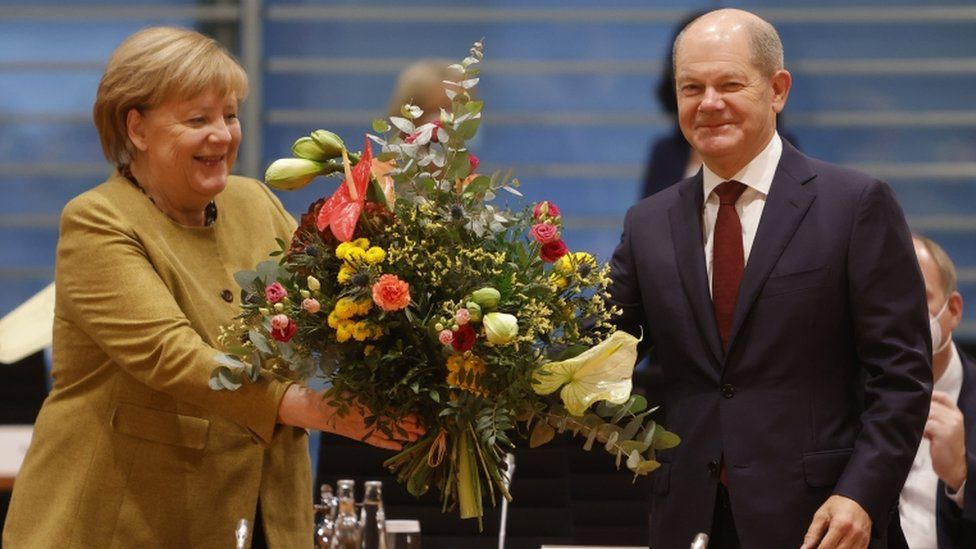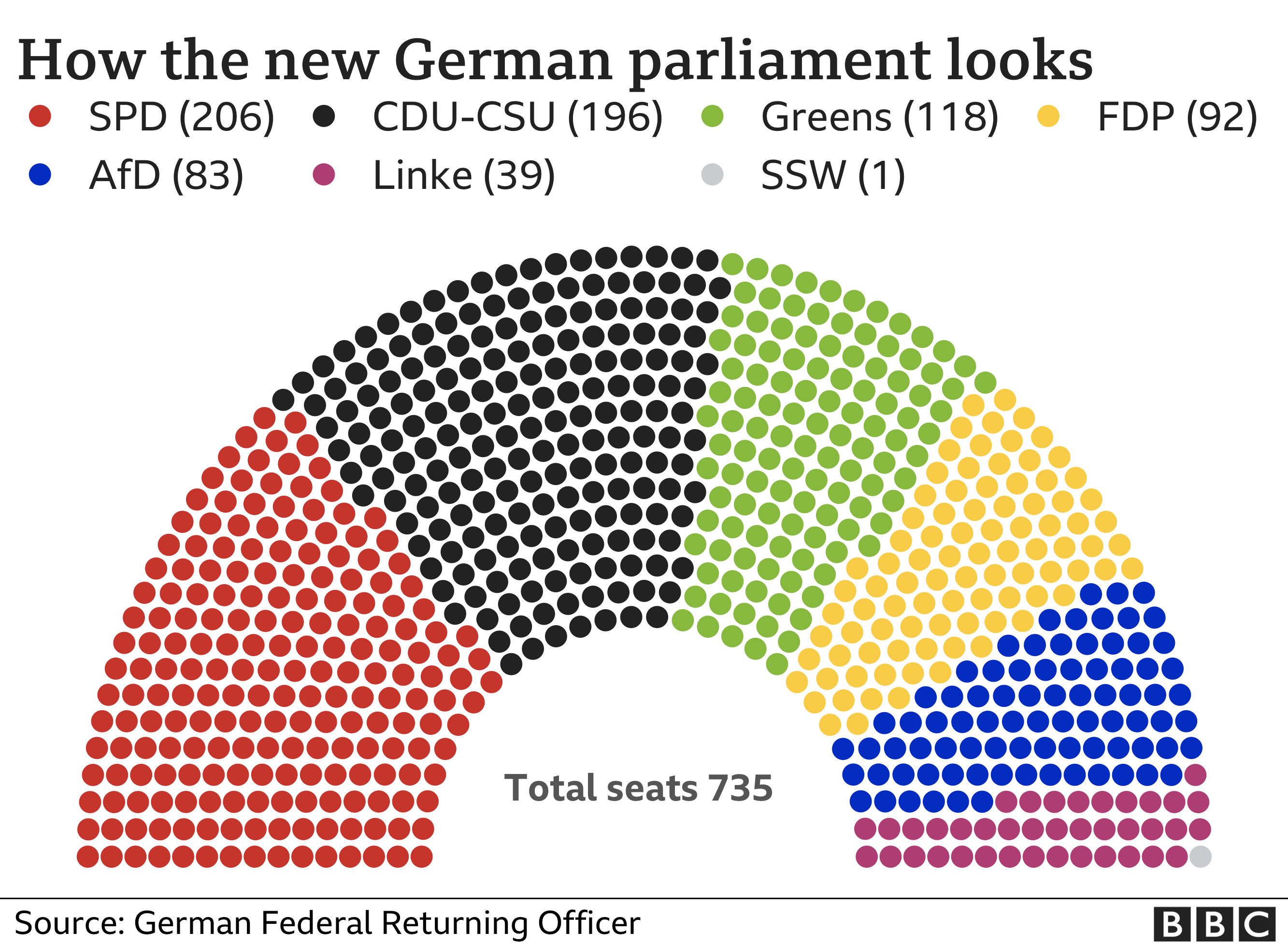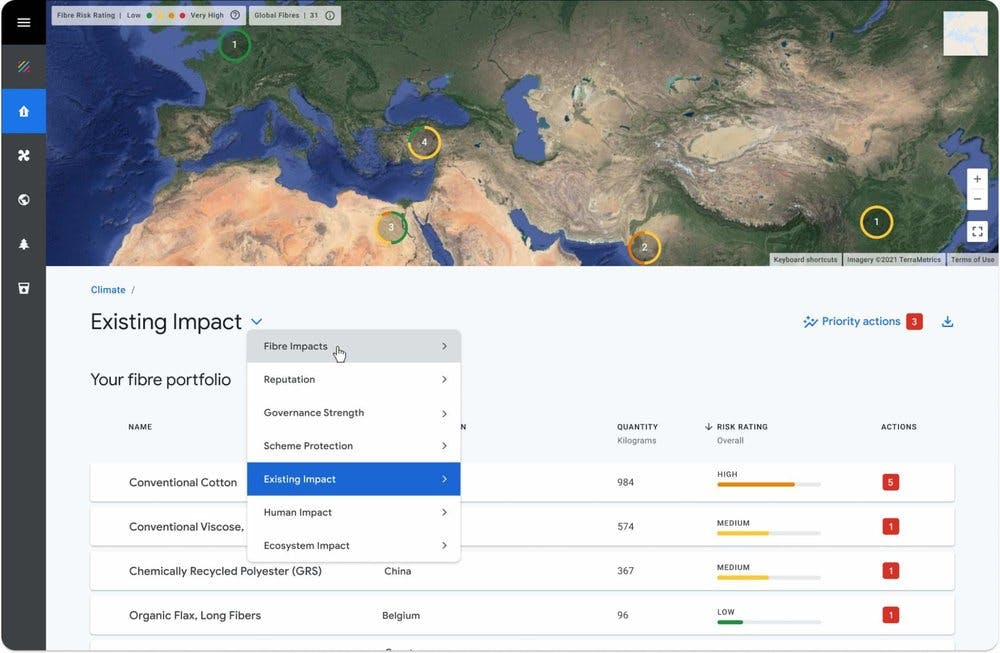
California will soon enact the largest mandatory residential food waste recycling program in the US in January, an effort designed to dramatically cut down on organic waste in landfills and reduce the state’s methane emissions.
When food scraps such as banana peels and leftover veggies and other organic materials break down they emit methane, a greenhouse gas more potent and damaging in the short-term than carbon emissions from fossil fuels. Organic material such as food and yard waste makes up a fifth of the state’s methane emissions and half of everything in California landfills, according to CalRecycle.
California plans to start converting food waste into compost or energy in order to avoid these emissions, becoming the second state to do so after Vermont launched a similar program last year.
“This is the biggest change to trash since recycling started in the 1980s,” said Rachel Wagoner, the director of the California Department of Resources Recycling and Recovery.
Most California residents will be required to toss excess food into green waste bins rather than the trash. Municipalities will then turn the food waste into compost or use it to create biogas, an energy source that is similar to natural gas.
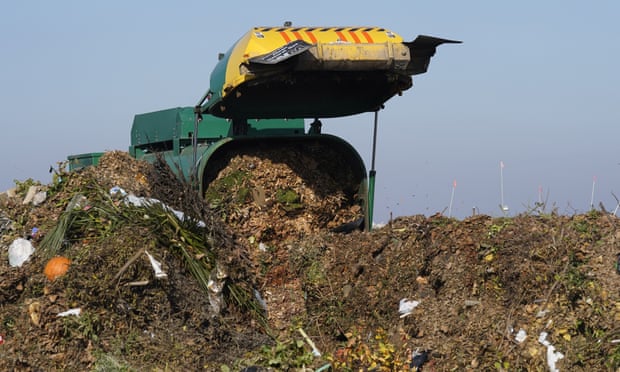
Recycling food waste “is the single easiest and fastest thing that every single person can do to affect climate change”, Wagoner said.
The effort reflects growing recognition about the role food waste plays in damaging the environment. Up to 40% of food in the US is wasted, according to the US Department of Agriculture.
A handful of states and countries, including France, have passed laws requiring grocery stores and other large businesses to recycle or donate excess food to charities, but California’s program targets households and businesses. In 2016, California passed a law aimed at reducing methane emissions by significantly cutting down on discarded food.
Starting in January, all cities and counties that provide trash services are supposed to have food recycling programs in place and grocery stores must donate edible food that otherwise would be thrown away to food banks or similar organizations.
“There’s just no reason to stick this material in a landfill, it just happens to be cheap and easy to do so,” said Ned Spang, faculty lead for the Food Loss and Waste Collaborative at the University of California, Davis.
Vermont, home to 625,000 people compared with California’s nearly 40 million, is the only other state that bans residents from throwing their food waste in the trash. Under a law that took effect in July 2020, residents can compost the waste in their yards, opt for curbside pick up or drop it at waste stations. Seattle and San Francisco have similar programs.

Under California’s new law, the state must cut organic waste in landfills by 75% from 2014 levels by 2025, or from about 23m tons to 5.7m tons.
Most local governments will allow homeowners and apartment dwellers to dump excess food into yard waste bins, with some providing countertop containers to hold the scraps for a few days before taking it outside. Some areas can get exemptions for parts of the law, such as rural locations where bears rummage through trash cans.
The food waste will go to facilities for composting or for turning it into energy through anaerobic digestion, a process that creates biogas that can be used like natural gas for heating and electricity.
But only a fifth of California’s composting facilities may accept food waste, and they face a strict permitting process to take food waste alongside traditional green waste such as leaves.
The state also set a 2025 goal of diverting 20% of food that would otherwise go to landfills to feed people in need. Supermarkets must start donating their excess food in January and hotels, restaurants, hospitals, schools and large event venues will start doing so in 2024. The donation part of the law will contribute toward a federal goal of cutting food waste in half by 2030.
Davis, California, already has a mandatory food recycling program. Joy Klineberg puts coffee grounds, fruit rinds and cooking scraps into a metal bin labeled “compost” on her countertop. When preparing dinners, she empties excess food from the cutting board into the bin.
Every few days, she dumps the contents into her green waste bin outside, which is picked up and sent to a county facility. Unpleasant countertop bin smells haven’t been a problem, she said.
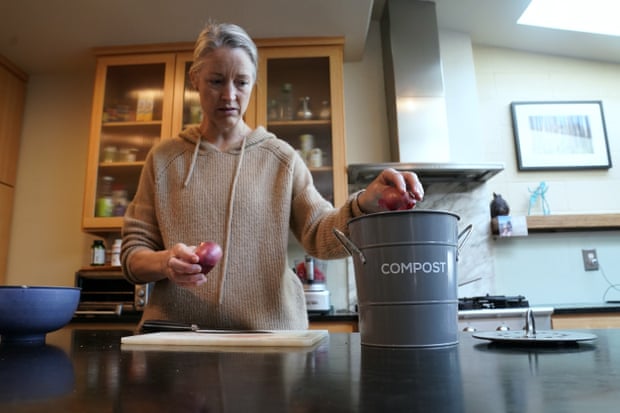
“All you’re changing is where you’re throwing things, it’s just another bin,” she said. “It’s really easy, and it’s amazing how much less trash you have.”
Implementing similar programs in bigger cities is more challenging.
Los Angeles and San Diego, the state’s two most populous cities, which together account for about one of every eight Californians, are among those that won’t have their programs ready for all households next month.
That’s because it takes time to buy the necessary equipment, such as green waste bins for households that don’t already have them for yard waste and to set up facilities to take the material. Trash collection fees will go up in many places.
CalRecycle also wants to focus more on education and less on punishment. Governments can avoid penalties by self-reporting to the state by March if they don’t have programs in place and outlining plans for starting them. Cities that refuse to comply could eventually be fined up to $10,000 a day.
Ken Prue, the deputy director of San Diego’s environmental services department, said the city put nearly $9m in this year’s budget to buy more waste bins, countertop containers and trucks to haul the additional waste.
Prue hopes San Diego residents will quickly realize the importance of recycling food waste after the program starts next summer.
“Hopefully before they know it, it becomes second nature,” he said.
Source The Guardian



